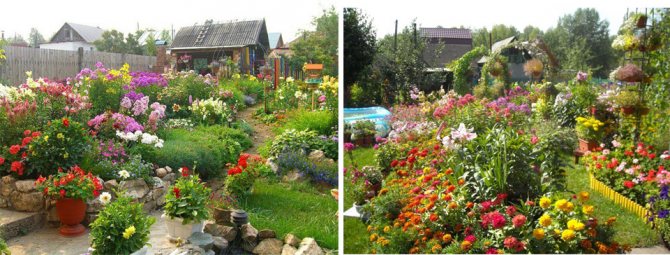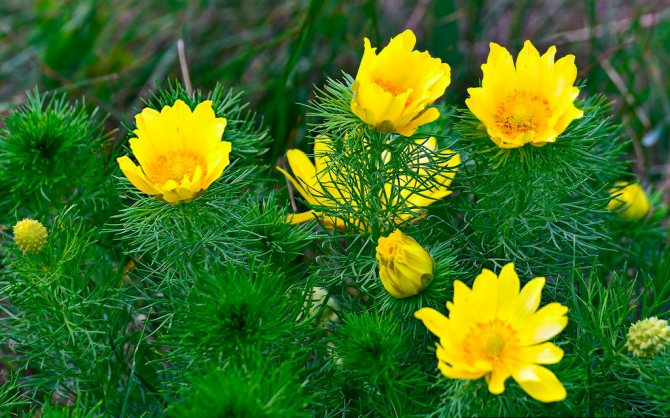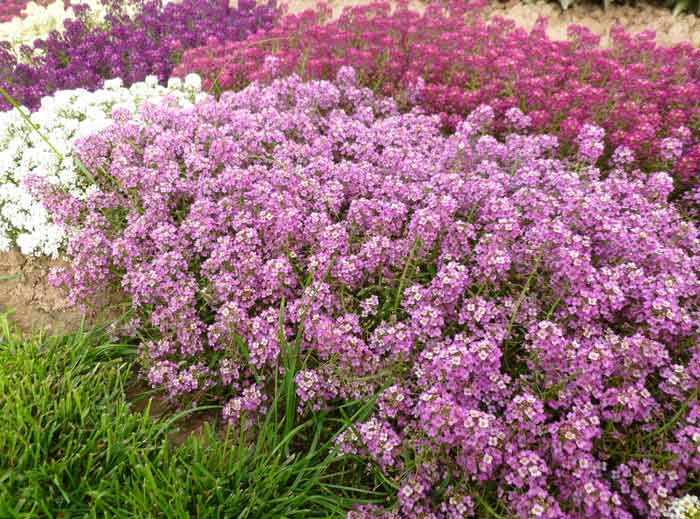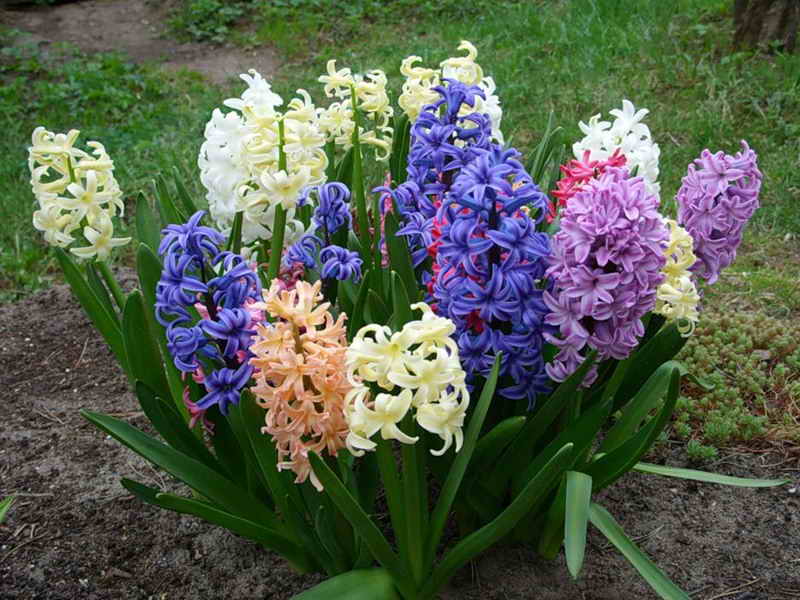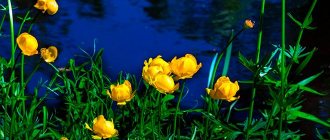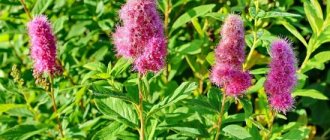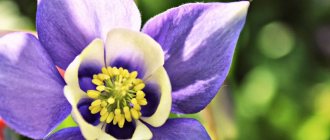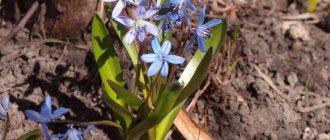Sooner or later, every gardener thinks about creating a beautiful corner on his site, pleasing to the eye with the flowering of lush flower beds. Most often, they begin to ennoble their garden with the help of annuals, but then they think about flowers that will delight more than one year. There are a great many perennials blooming all summer, and everyone can find something of their own.
Perennials wintering in the open field
Among perennials, there are many species that tolerate winter cold well. They are left to winter in the garden. Some require shelter from the frost, others survive the winter, covered only by snow.
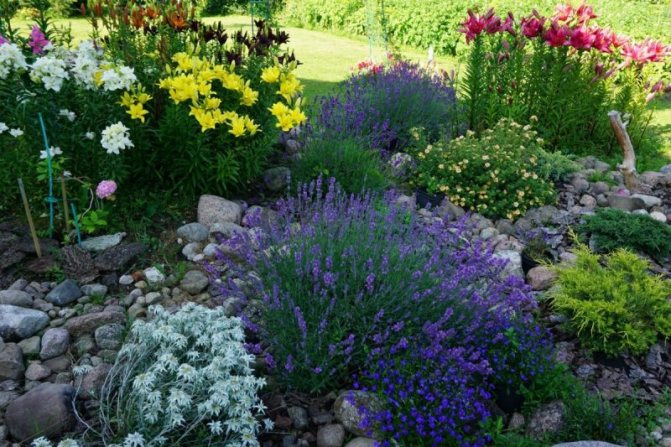
Perennials have several advantages:
- Do not require an annual transplant.
- Withstand light frosts.
- Minimal care.
- Early flowering.
- Long-term decorative effect.
- Creation of beautiful flower beds from your own plants, getting new seedlings by transplanting and dividing.
Perennials can be divided according to the type of their root system: rhizome, root-tuber, bulbous. Each of these species has a large list of colors.
Among them are flowering winter-hardy perennial shrubs.


The most common species in our gardens:
- Barberry.
- Roses.
- Hydrangea.
- Bloodroot.
- Cotoneaster.
In early spring they will delight with their flowering:
- Forsythia.
- Weigela.
- Spirea.
- Action.
- Almond.
- Chubushnik.
A highly decorative perennial with luxurious rose-like flowers, it is a peony. There are different periods of flowering. Early peonies bloom well in our climate. They are colored pink, white, red. Such resistant varieties as Sarah Bernhardt, Ballerina, Madame Roosevelt are popular. Later varieties Sylvia, Youth. They bloom in May-June. The latest peony variety is the black and red Lucky Star. Blooms in July.
Peonies love neutral soil, fertile, well-drained. He needs watering and feeding throughout the summer season. The bush is planted in sunny places, but at noon it needs shading. This single flower does not like close proximity to other plants.
Kadupul
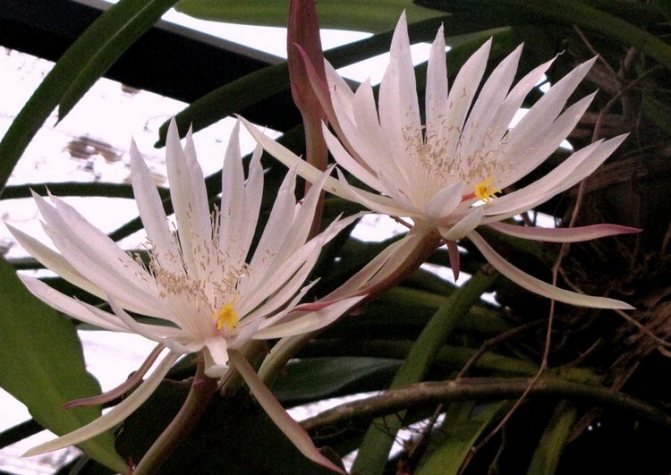

Kadupul flowers are on the verge of extinction, and therefore, you can buy them only for an impressive price. The reason that the flower is quite rare is the uniqueness of the conditions in which it can grow. This amazing flower is found only in the forests of Sri Lanka and blooms only at night. Therefore, the flowering of Kadupula is an extremely rare occurrence and is possible only under certain circumstances. At the end of flowering, which lasts only until dawn, the flower withers, the reason for this is still a mystery to biologists. Despite the fact that Calla looks very elegant, you will be shocked to learn that it is one of the most venomous species of fauna. The whole part of this plant is highly toxic and can even kill!
Ground cover perennials
Ground cover species are popular among herbaceous perennials. They grow, covering the soil with a dense floral carpet. Consider the more popular varieties.
Phlox subulate
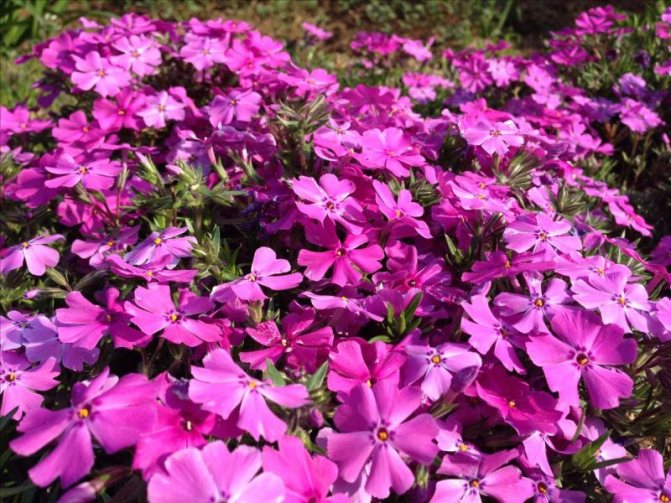

Multicolored phlox curtains can decorate garden paths or create borders around flower beds. It has small needle-like leaves. Blooms in tiny pink, blue or white flowers in spring. Throughout the summer, it retains the decorative effect of green bushes, similar to pillows. It multiplies well by dividing the bush.
Yaskolka
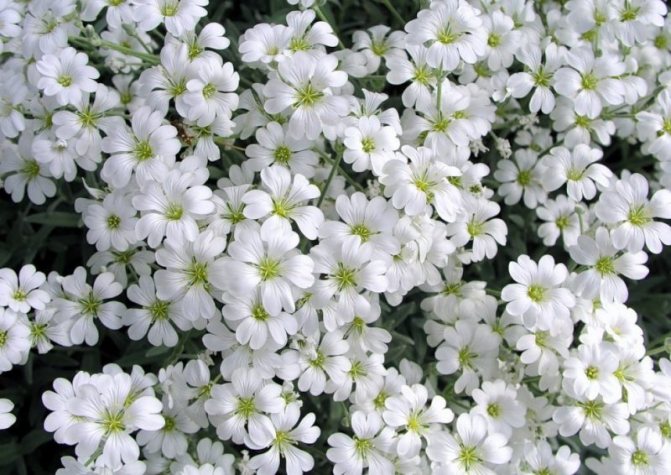

Ground cover winter-hardy perennial.Creeping shoots form curtains, up to 15 cm high. It blooms in spring with silvery-white flowers. Expands rapidly to cover a large area. Propagated by dividing the bush and cuttings in the spring. Reproduction by seeds is possible.
Clove - herbal
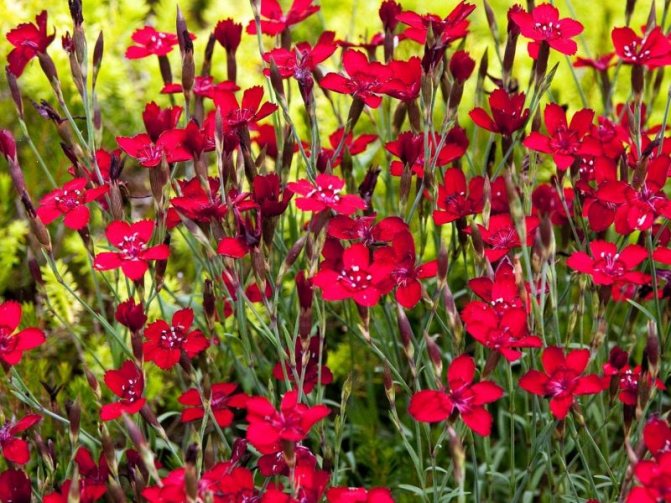

The plant looks like a low mound of grass that blooms with white or red stars in May. Loves sunny places, does not tolerate excess moisture. Propagated by dividing the rhizome, seeds.
Woolly stachis


His shoots spread along the ground and take root. It looks like a fluffy carpet spread along a path or flower bed. The leaves are green, covered with gray fluff. The inflorescence looks like spikelets of pink or purple flowers. Propagated by dividing rhizomes or seeds. Loves light poor soil.
Creeping thyme
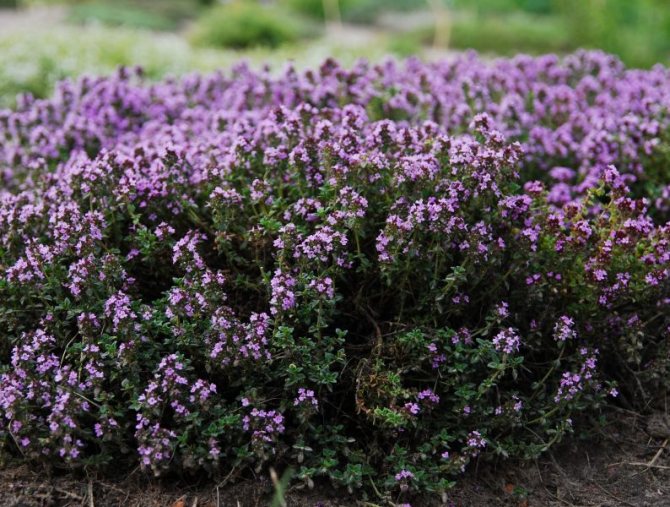

Forms undersized dense clumps. Blooms several times over the summer. After each flowering, the inflorescences are removed. Unpretentious, frost-resistant. Prefers light, loose soil. It can multiply by self-seeding. Grows easily. Thyme is very aromatic and is used as a seasoning in cooking.
Clefthoof
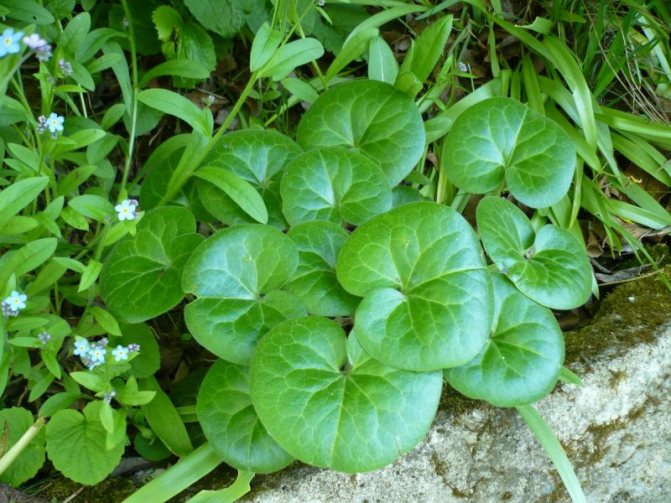

This plant can decorate the shady corners of the garden. Shade-loving. The leaves resemble hooves. It blooms early, beautifully. Even in the snow, you can see its green foliage. All care is to water in dry weather and cut off old shoots.
Periwinkle
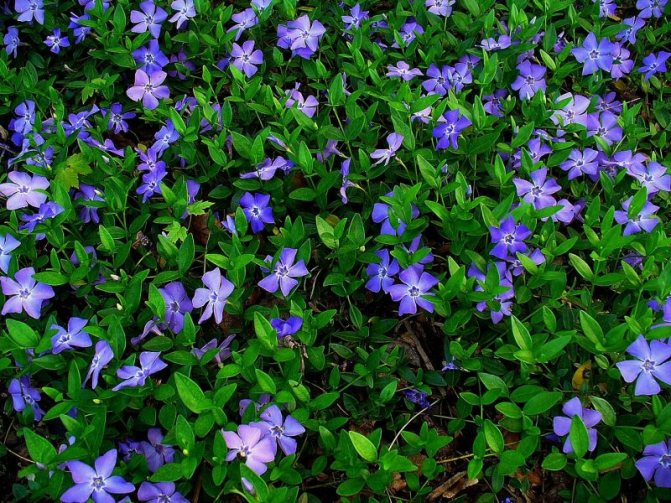

This perennial is loved by flower growers. Its leaves do not freeze in winter. It blooms with blue flowers in early spring. If there were no severe frosts in winter, among the white spring snow you can see the green bush of periwinkle with delicate flowers. Loves shady places and slightly moist loamy soils. Propagated by dividing the bush.
Sedum (sedum)
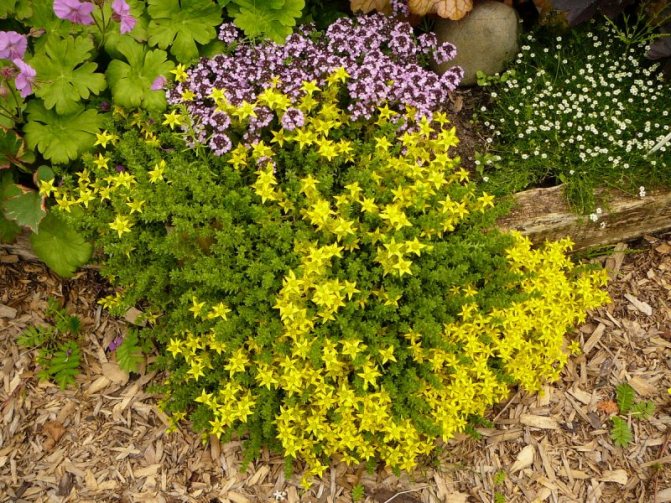

This group of plants has at least 500 species. They are very diverse. Stonecrops alone can create an unusual beautiful flower bed. Flowers and leaves of the plant are decorative. Among them there are sun lovers, others prefer shade. Blooms from spring to autumn.
Water it only in severe drought. Grows on poor and stony soils. Requires minimal maintenance. Hibernates without shelter. Dividing the bush or layering propagates.
Sakura
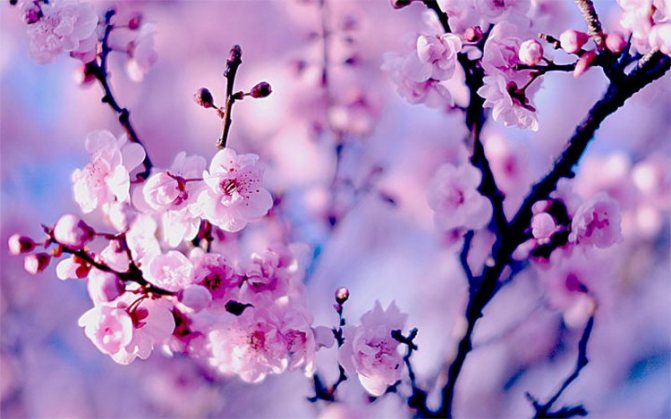

A bright symbol of the culture of the Land of the Rising Sun. Even the beginning of cherry blossoms is one of the national holidays, and some educational institutions begin the school year during this period. Sakura is constantly featured in clothing and tableware designs, music, films and anime. The tree blooms for about a week, after which the flowers quickly fall off. For the Japanese, this serves as a reminder of the transience of life and the inevitability of death. Sakura belongs to ornamental trees from the pink family, has 16 species and 400 varieties. Occasionally, sakura bears fruit that looks like a cherry. The berries are used to make high value wine.
Bulbous flowers
Crocuses
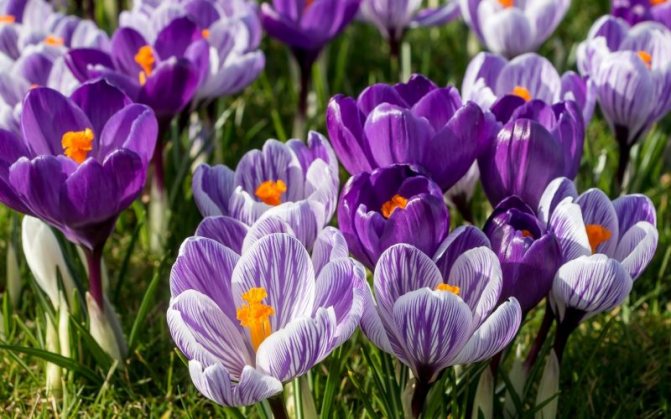

One of the first spring flowers. These bulbous perennials bloom in April. From a large onion, up to 6 buds are obtained. They hibernate in the open field. Requires a transplant every 4 years. The bulbs are dug up in June, dried and stored until September. At the end of September, the material is planted in a flower bed.
Crocuses are a frost-resistant plant; it is enough to cover the planting site with branches and hay. With the first warmth, the shelter is removed. Flowers are white, pink, purple. They look very beautiful in a flower garden among the bare ground, sometimes still covered with the remnants of melting snow.
Bulbous irises
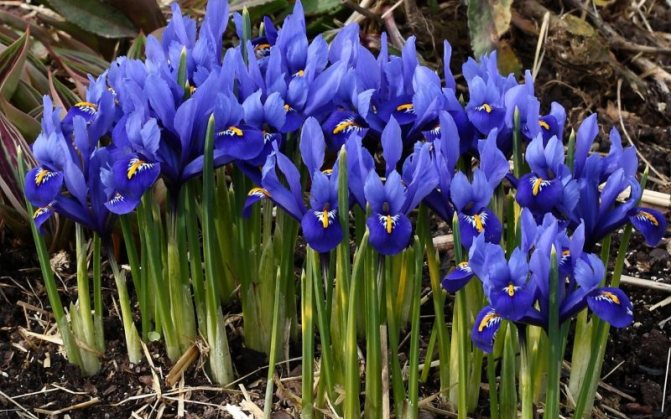

Beautiful early blooming flowers similar to an orchid. They are unpretentious, but they require observance of some nuances during cultivation. The soil should not be constantly wet, does not tolerate stagnant water, requires good drainage, soil liming, and a sunny place.
They can grow in one place for 5 years. Dig them out after flowering and drying of the leaves. Planted in September - October, depending on the weather.You don't have to dig it every year.
Tulips
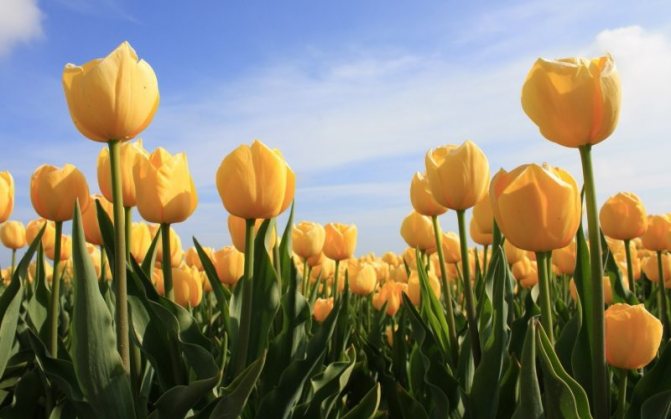

The tulip amazes with a variety of shapes and colors. Variegated parrot varieties, tall specimens with large flowers, double and pink. The colors are presented in all colors of the rainbow. Even black tulips are grown. Bloom from early May to June. There are varieties with different flowering times. Early varieties in a warm, sunny place can bloom in April.
The plant prefers neutral, light soils with good drainage. Excess moisture causes bulb rot. They require constant feeding. Transplanted every year, with some varieties it is done every three years.
The bulbs are harvested after the leaves have dried. They are dried in the shade, then stored in a cool, ventilated room. Planted in September. For the winter, the bulbs are mulched with peat, sawdust or soil. In the spring, the insulation is not raked away, but only loosened. At the same time, moisture is retained in the soil.
Lilies
A very beautiful ornamental plant. The first of the cultivated were snow-white lilies of the Madonna Lily variety with a delicate aroma. In addition to decoration, it was used to obtain a fragrant perfume oil. If you plant varieties with different flowering periods in the area, you will get a continuously blooming flower bed.
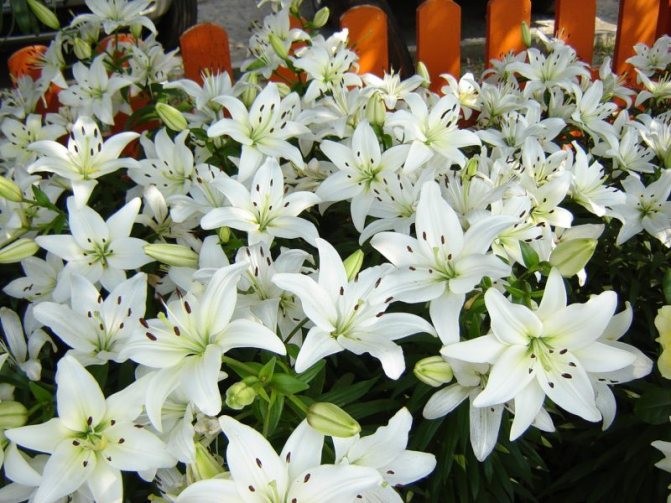

The most beautiful and fragrant oriental hybrids. But they are also the most demanding to care for. These are tall plants, in the middle and central part of Russia it is better to grow them in greenhouses and greenhouses. Asian and LA hybrids tolerate cool summers and frosty winters well. Bloom for a long time.
When buying lilies, you need to be strict about the choice of the variety. In addition, they have different soil requirements. For example, LA hybrids need alkaline soil, while OT hybrids need acidic soil.
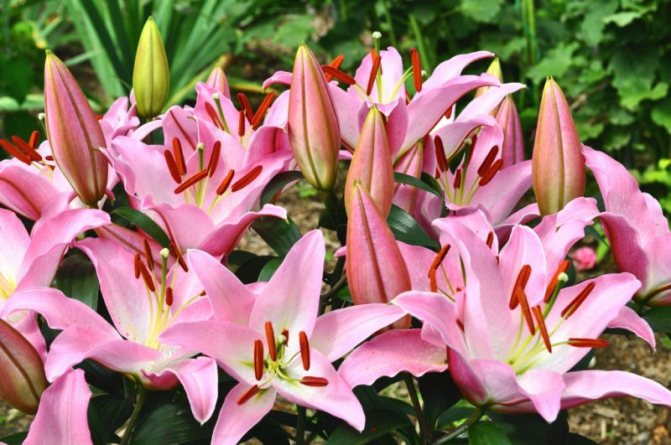

The soil for lilies should be fertile, light, permeable. In the area with lilies, water should not be hidden after the snow melts. They are transplanted after 4-5 years. During this time, the bulb increases in growth and gives many additional babies. They should be separated and planted in a new place.
The plant can be planted in spring and autumn. When disembarking in the fall, this should be done from September to the last decade of October. The bulbs should take root, but not sprout or freeze. In December, plantings are mulched with soil, peat or leaves. Care consists in watering and feeding, removing dried flowers and leaves.
Daffodils
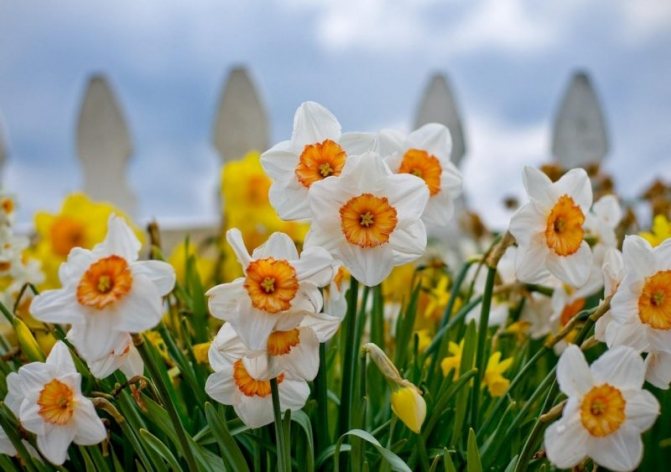

Among these flowers, not all species can winter in the ground. These are beautiful early flowers. Very unpretentious. They can tolerate any soil except clay. They grow in the shade and sun. When feeding, they do not tolerate manure. It is better for them to use mineral fertilizers. They begin to divide when a large bush is formed. Divided into piles of several onions. Planted in August, early September. There are simple white species, double white with a yellow center, completely yellow.
Grouse (fritillaria)
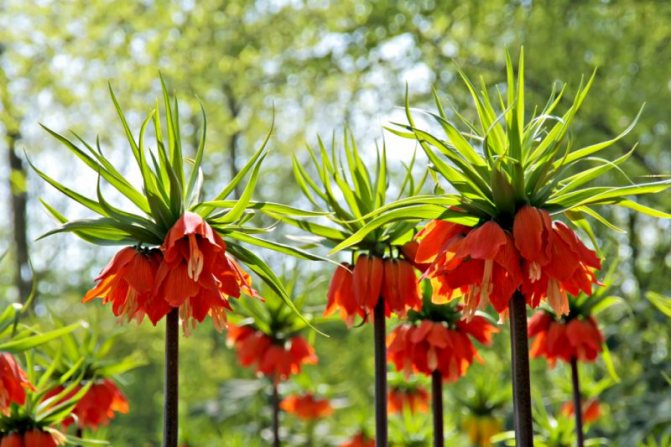

There are several types of hazel grouse: imperial, chess, Mikhailovsky. The most beautiful is the tall imperial hazel grouse. It is crowned with a whole crown of bells upturned to the bottom, up to 5 cm long. Above the crown is a bunch of leaves. Other species of hazel grouse are more modest, they have several separate flowers.
The imperial hazel grouse needs to be replanted every year. 10 days after the end of flowering, it should be dug up, dried and stored until autumn. Planted in September. The soil is prepared fertile. In this case, the plant can no longer be fed. Grouse blooms in a sunny place. It has no pests, as it has an unpleasant garlic smell. Other plant species are transplanted after 3 years.
Star lilies
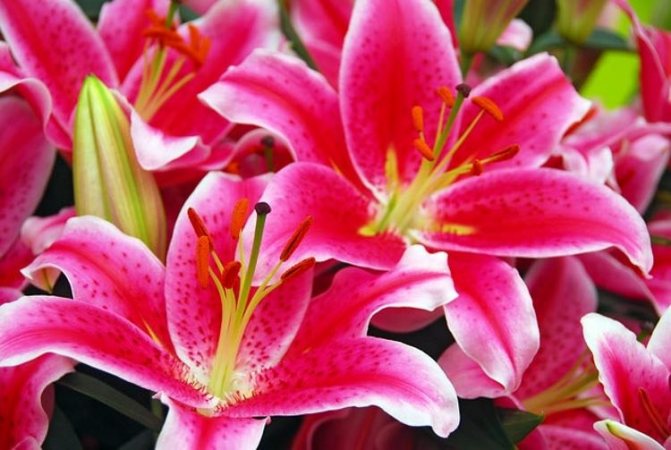

Star lilies are nice to look at. It is truly one of the most beautiful flowers in the world. Each flower from 15 to 18 cm in height has an incredibly bright and delicate pink color. Their scientific name is Oriental Lily. The uniqueness of the lily lies in its pink tones with red and crimson stripes.In addition, the flowers have a pleasant exotic scent.
Popular winter-hardy perennial plants
There are a great many perennial plants wintering in the open field. Here is a list of the most famous ones that do not require much maintenance and are always beautiful.
Taking into account the requirements of various perennials to growing conditions, different species of the garden are suitable for different parts of the garden.
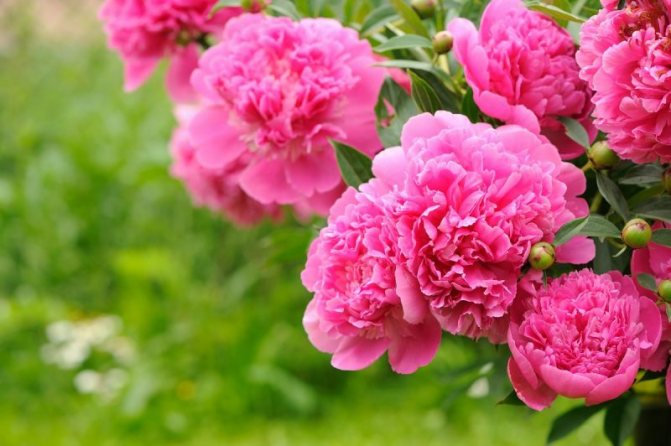

For eastern and western palisades, the following types are suitable:
- Aconite.
- Day-lily.
- Pion.
- Phlox.
- Mallow.
- Geranium.
- Heuchera.
- Primrose.
- Chrysanthemum.
The northern part of the garden will be decorated with:
- Astilba.
- Badan.
- Brunner.
- Volzhanka.
- Windbreaker.
- Kandyk.
- Lily of the valley.
- Hosts.
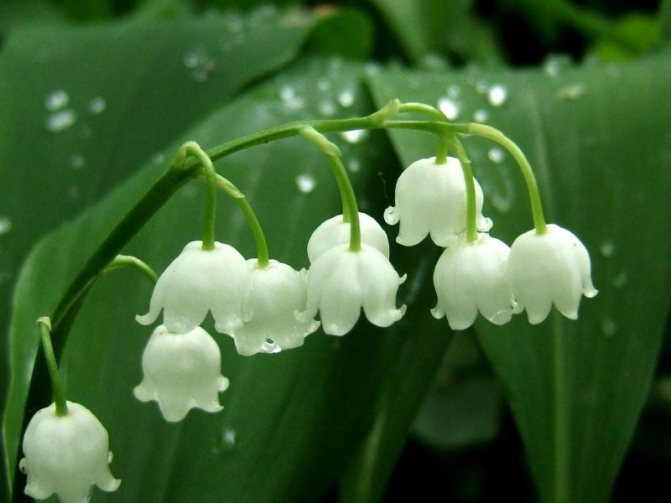

The southern half of the garden should be placed with herbaceous perennials:
- Anemone.
- Perennial aster.
- Gaillardia.
- Gelenium.
- Delphinium.
- Dicenter.
- The bell is peach-leaved.
- Day-lily.
- Likhnis.
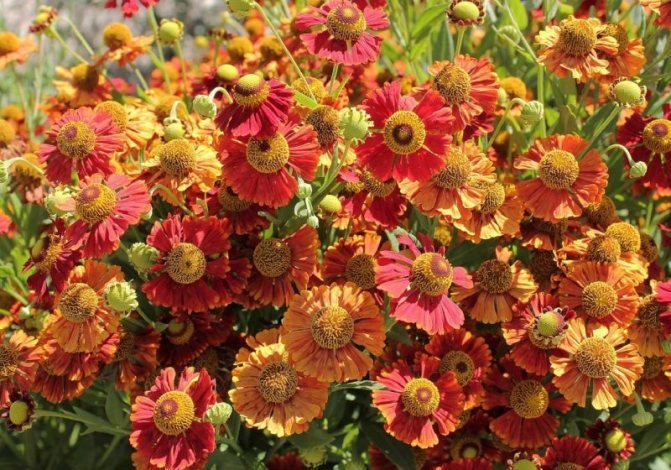

Vines are very beautiful: maiden and Amur grapes, princes, honeysuckle. Clematis are loved by gardeners, but among them it is worth choosing winter-hardy varieties.
Orchid
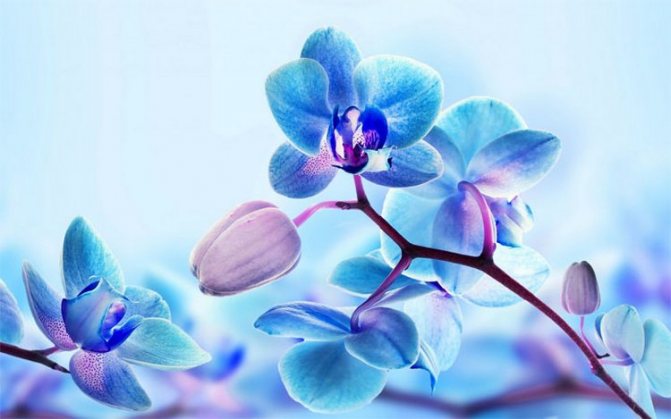

Luxurious, mesmerizing and very capricious flower. Appearing, according to scientists 130 million years ago, the orchid became widespread in Japan and China as early as 3-4 thousand years ago. After that, the plant flooded Europe. Today there are about 30 thousand species of orchids. The modern plant is extremely whimsical to care for and requires a brightly lit greenhouse or windowsill with a suitable microclimate. The orchid is a symbol of tenderness, perfection, harmony, as well as pure love.
The most unpretentious flowers for a summer residence
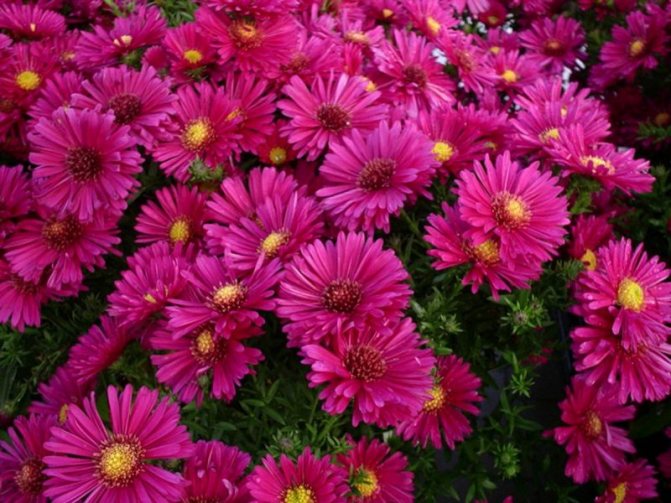

Perennial asters. They decorate the garden until frost, for which they got the name - octobrinks. The plant does not make demands on care, grows among sand and stones, is not afraid of frost.
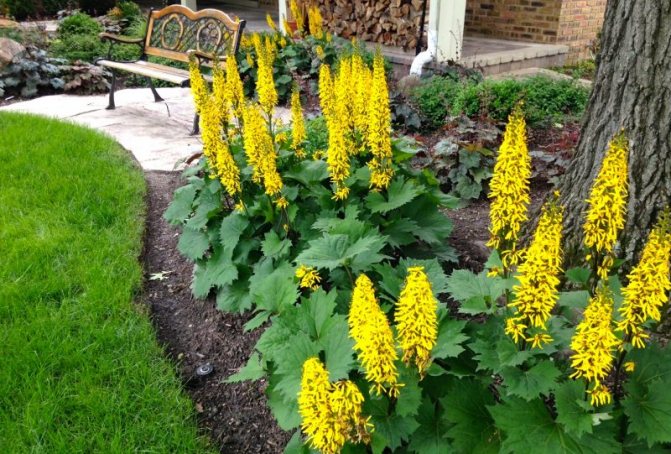

Buzulnik. A beautiful plant, blooms for 30 days, tolerates shade well, not demanding on the soil, but does not tolerate drought.
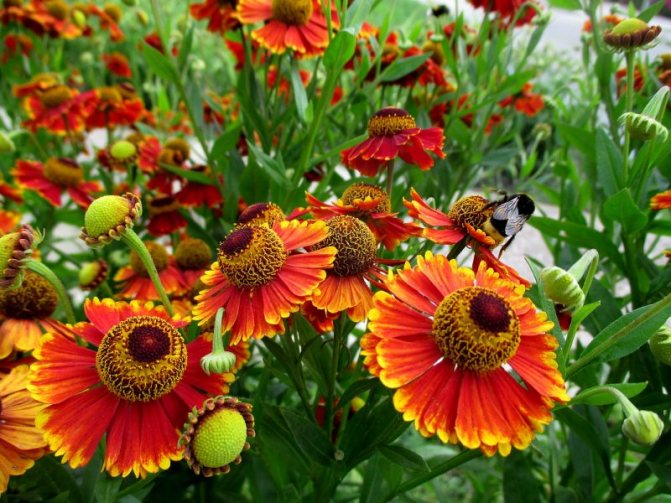

Autumn Gelenium. It blooms in autumn, does not require special care, loves sunny places, watering is necessary in drought. It reproduces by self-seeding, easily grows from the buds that are formed on last year's shoots.
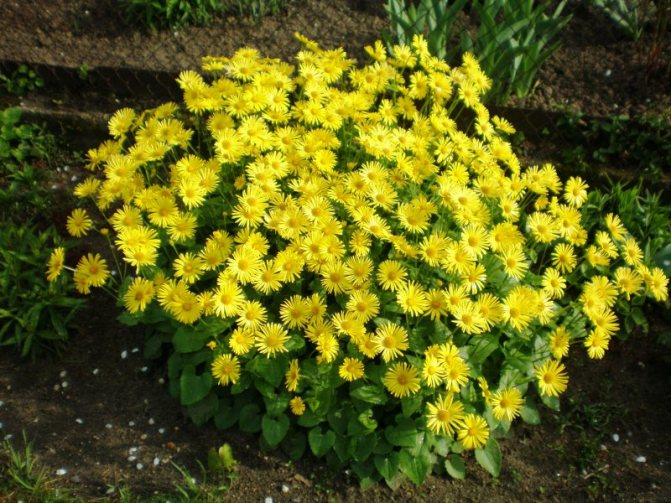

Doronicum - early flowering chamomile. It can be tall or short. It blooms in May-June, then the aboveground part disappears. At the end of summer, a root rosette appears. Not picky about soil and moisture.
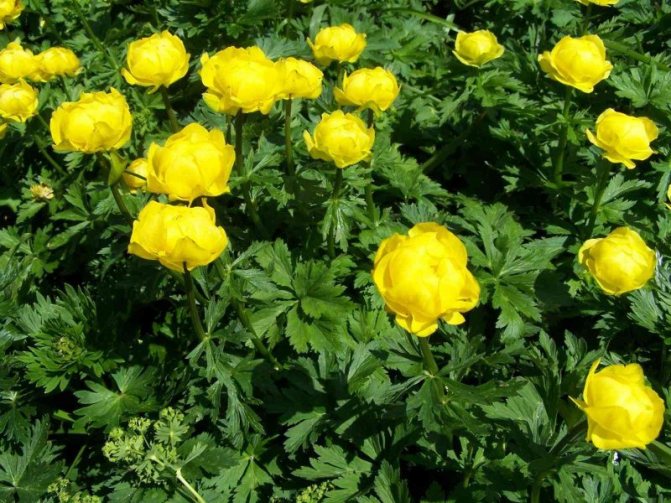

Swimsuit does not require any maintenance, except for watering in dry weather. Very smart when blooming. After that, it loses its decorative effect.
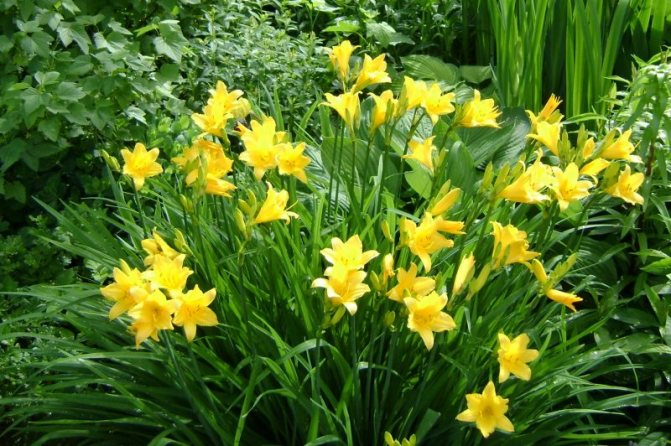

Day-lily. A plant for lazy gardeners. If you remove faded flowers, it will bloom for a long time. It grows and drowns out weeds. Necessary watering is not abundant in dry weather.
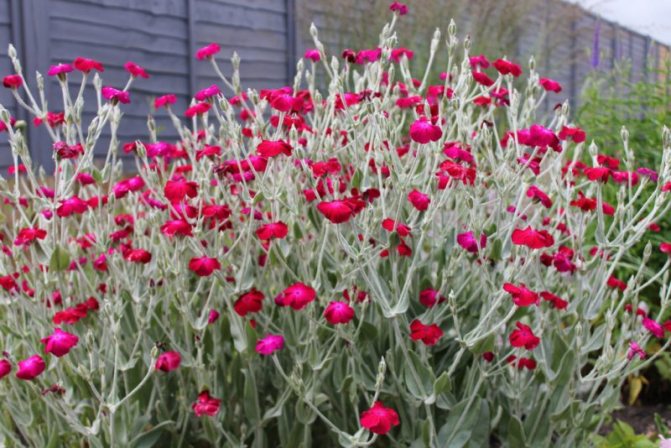

Lychnis crown, begins to bloom from May to late July. All lichnis are unpretentious, like well-drained soil, sunny areas. Not susceptible to pests and diseases. It is frost-resistant, does not require shelter.
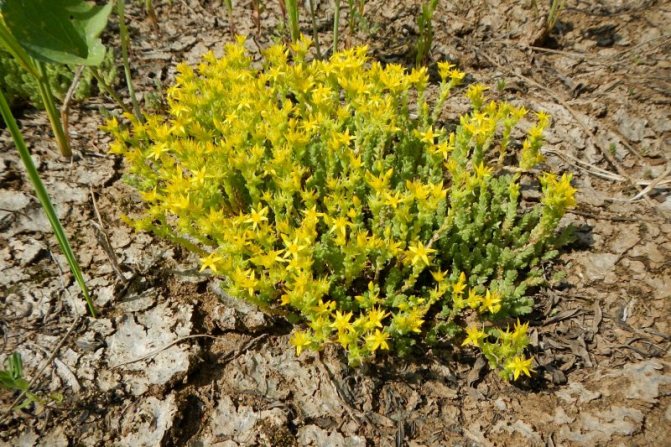

Sedum grow on any soil, easily tolerate drought, grow in the shade and in the sun. They can reproduce by self-seeding and bush growth. They can grow for 5 years without a transplant.
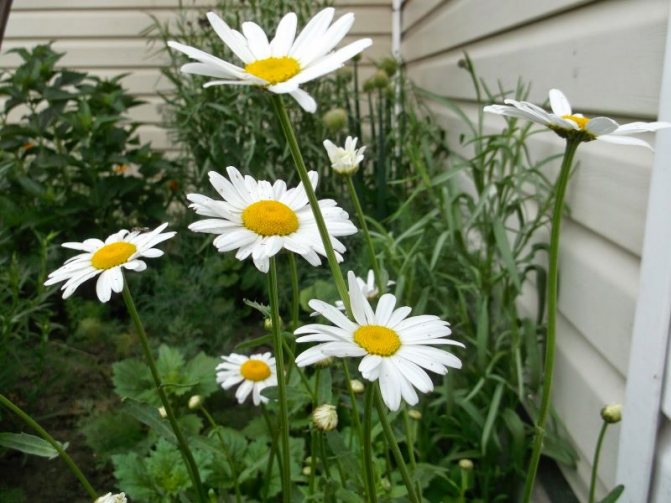

Nivyanik - common chamomile, familiar from childhood. In the wild, it grows in areas with a dry climate, hence its unpretentiousness. If not limited, it grows very widely.
rose flower
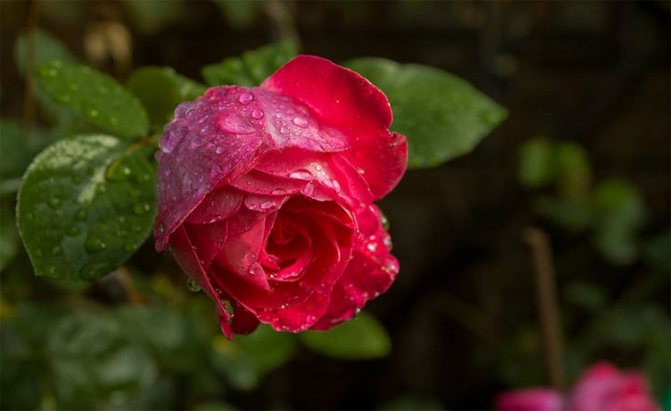

A beautiful, recognizable and extremely popular flower all over the world. Today, there are about 4,000 different varieties and hybrids, most of which are obtained through selection and selection. Roses got their first massive popularity back in the days of Ancient Rome. Men considered her a symbol of morality and put an image of a rose on their shields, and women believed that pancakes cooked in pink water would make their husbands faithful. Today, the rose remains the most popular floral symbol for beautiful women.
Blooming all summer
Perennials for summer cottages, blooming all summer, will serve as a bright accent in any flower arrangement.Let's get acquainted with the most popular ones.
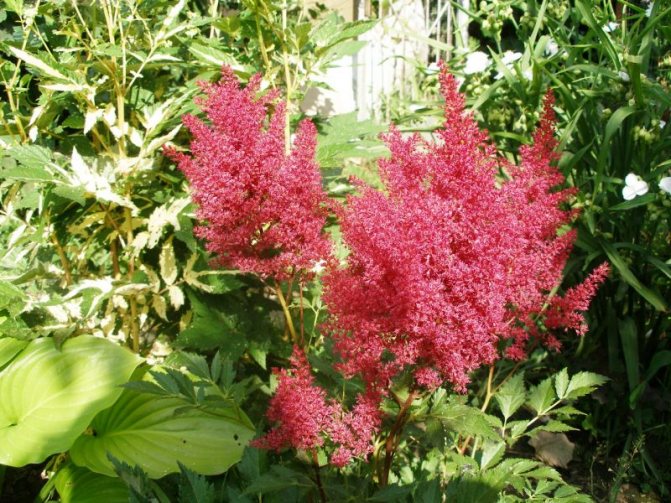

Astilba - blooms for a long time. The flowering period depends on the species. Chinese Astilba blooms from June to August.
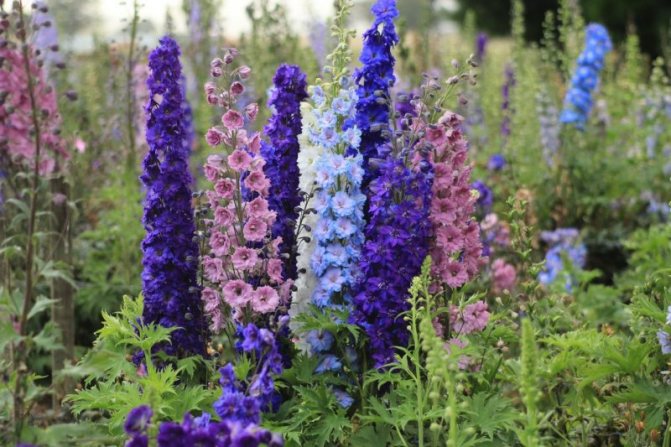

Delphinium - flowering begins in June, lasts about a month. Re-flowering begins in August, if the peduncles are removed before the seeds ripen. Some varieties bloom from July to September. You can always choose varieties that bloom at different times and create a flower bed that is decorative all summer long.


Rudbeckia - blooms in June. In the sun, the flowers are brighter and denser. Decorative throughout the summer.
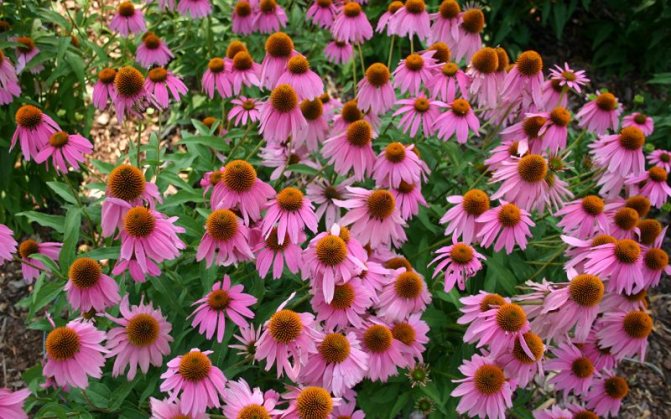

Echinacea - an ornamental and medicinal plant. It blooms from June to mid-October, if the warm autumn favors it.
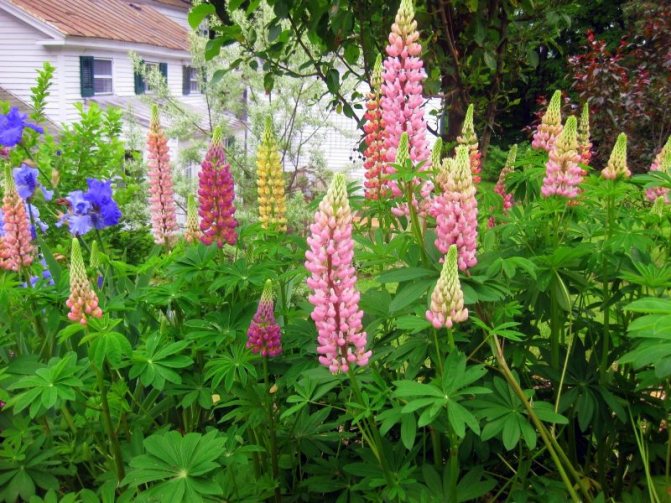

Lupine. Flowering continues throughout the summer. To do this, you need to remove dry inflorescences before the seeds ripen.
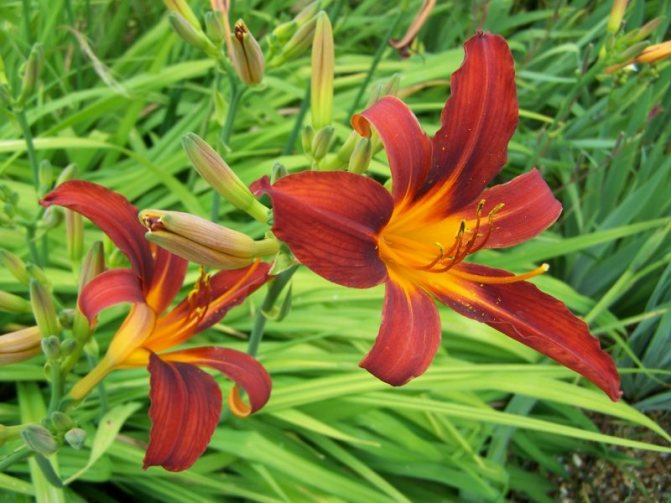

Day-lily - his flower bud opens in the morning and fades by the evening. The next flower is blooming nearby. So that flowering does not stop, it is imperative to cut off dried flowers.
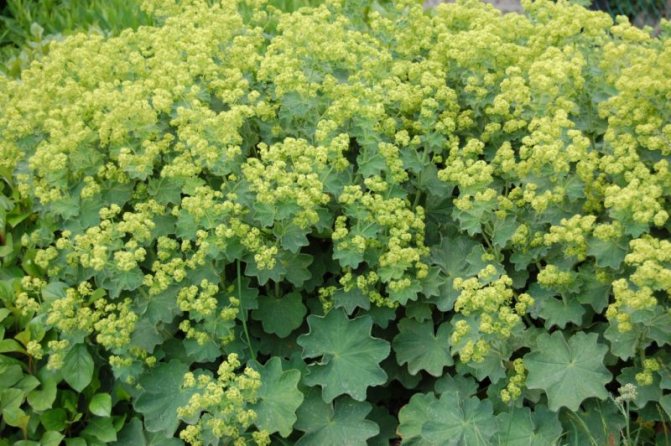

Soft cuff - blooms with lacy flowers that form inflorescences similar to an openwork cloud.
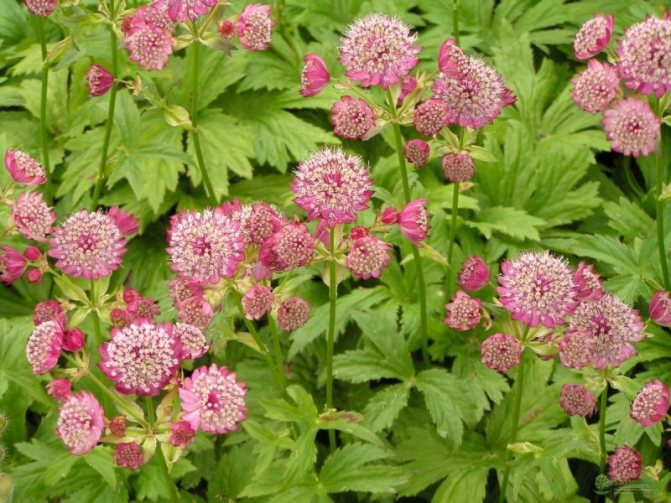

Astrantia. People call it Zvezdovka. Forms flowers that look like stars. They bloom at the same time and form a solid floral carpet. Flowering lasts all summer months.
Lotus
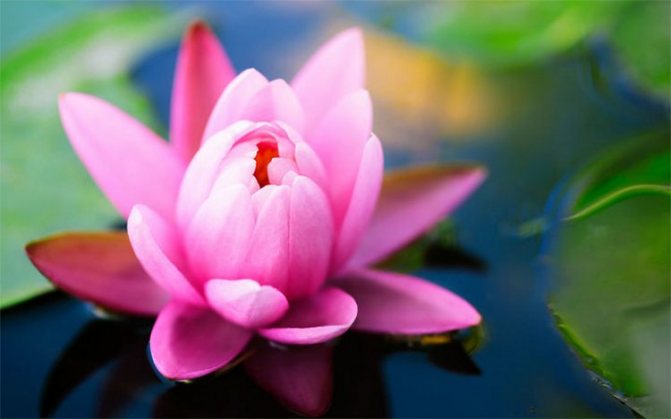

Even in antiquity, people worshiped the lotus flower. His trace can be found in the ancient Indian poem "Mahabharata". The Chinese considered the lotus to be a medicinal plant and treated them with various ailments. In many countries, the fruits and roots of the lotus were brewed with sugar, turning them into useful sweets for babies. In Buddhism, the flower symbolizes the purity of the spirit, and its seeds are life. The lotus is a water lily with beautiful fragrant flowers and large leaves.
How to prepare perennials for winter
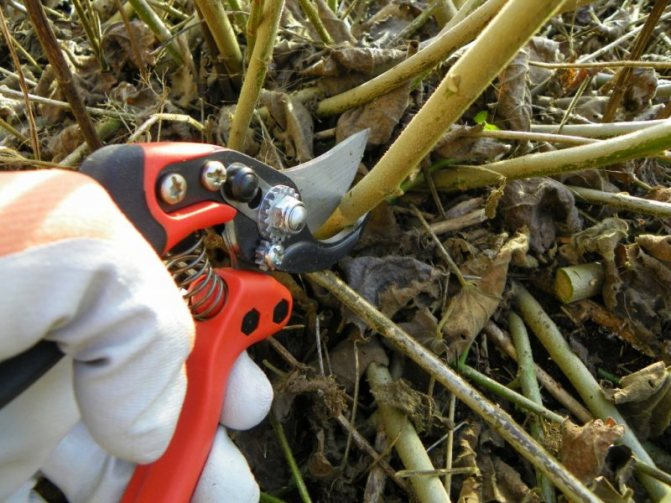

For the successful wintering of perennials, it is necessary to complete preparatory work.
- Remove dried flowers and shoots from herbaceous species. Cut off old and diseased branches from shrubs.
- Inspect the plant for pests. Remove them if necessary, treat bushes and soil with insecticide.
- Mulch the ground around wintering flowers and bushes.
Peat, sawdust, dry grass, humus, gravel are used for mulching. Works are carried out in dry weather from late October to mid-November.
Above roses and other tall plants, huts made of spruce branches or a frame shelter with waterproof material are arranged.
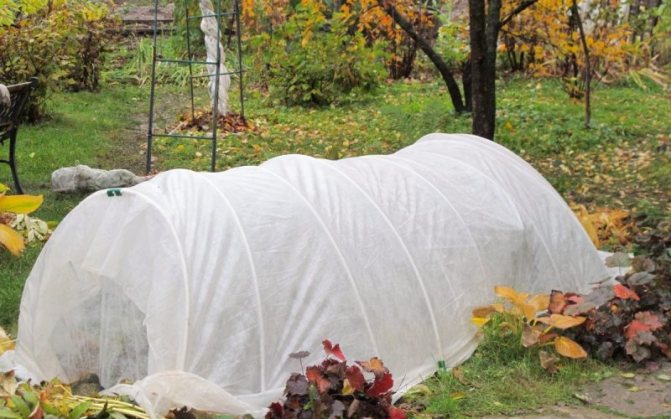

Phlox, astilba, bruner, peonies are cut at a height of 5 cm from the ground. The soil around is covered with mulch. They do not require additional cover.
The flower world is diverse. To decorate your garden, you need to choose plants that will delight you with their decorative effect for a long time and do not require daily maintenance. Perennials are very convenient in this regard. But as neighbors, you should select species that require the same conditions and do not have a harmful effect on each other.
Plumeria
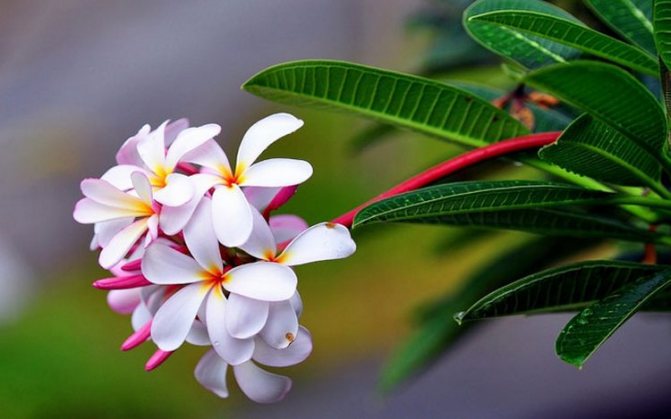

A tree of the kutrov family. Growth halo: tropical Mexico, Thailand, Caribbean, California, Pacific Islands and South America. The plant owes its popularity to its beautiful flowers and unique aroma with notes of citrus, jasmine, gardenias and spices. Plumeria is very revered by Buddhists, symbolizes immortality for them, therefore it can be so often found near their temples. Wild plumeria grows up to 10 meters in height and reproduces by seeds and cuttings.



